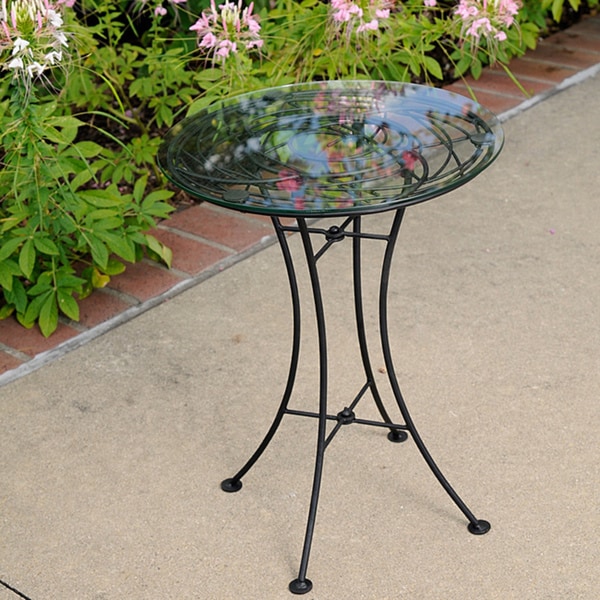

#COVER DESK PHILIPPINES REVIEW SOFTWARE#
Platform overview: OANDA offers two platform suites the popular MetaTrader 4 (MT4) platform, developed by MetaQuotes Software Corporation and available for web and desktop, and OANDA’s fxTrade web and desktop trading platform. OANDA’s fxTrade trading platform suite is a good option for charting (powered by TradingView) and news but falls short in other areas, such as the imperfect integration of research and trading tools within its desktop and web platforms.

Lastly, adding educational and market analysis videos would be a logical (and helpful) next step in the evolution of the fxTrade app. Syncing: I’d like to see fxTrade add the ability to sync watchlists, and it’s worth noting that mobile chart indicators do not sync with the desktop or web version of fxTrade. Zooming in and out of charts on fxTrade is a fluid experience thanks to the apps’ responsive design. Users can quickly enter their orders from the chart, then adjust their stop-loss and limit order levels with a simple drag and drop function.Ĭharting: The fxTrade app’s versatile charting features 33 technical indicators, 13 drawing tools, and the ability to select from over a dozen time frames. Beyond its intuitive design, charting with the fxTrade app is balanced with features such as research from Autochartist and news headlines.Ī neat feature that stood out to me was the seamless transition to the trade ticket window from within the charts. Whether setting up a trade or adding a price alert, I found the overall layout to be straightforward and easy to use. OANDA's flagship fxTrade mobile app is easy to use and provides quality market research and excellent charting features, ranking among the best brokers in this category in 2023.Īpps overview: OANDA offers the popular MetaTrader 4 (MT4) mobile app developed by MetaQuotes Software Corporation, alongside its own proprietary fxTrade mobile app.Įase of use: Opening a chart on the fxTrade app is as easy as clicking the graph icon at the bottom of the watchlist. However, because it does not publish a number that reflects the average spread over a fixed period – such as one day or one month – it is difficult to make precise comparisons. Transparency: As part of its push for greater pricing transparency, OANDA continually publishes a trailing average of its spread across nearly all time frames. However, OANDA brings this minimum trade size down by three orders of magnitude – to 1 unit or 0.001 micro lot. Micro lots: In most cases, the smallest contract size for trading forex is one micro lot. Once you factor in the commission-equivalent of 1 pip (0.5 pips per side), the total cost for core pricing ends up coming to 1.4 pips – same as the default price. For example, let’s say the spread on the EUR/USD is 1.4 pips under the default pricing structure, and the spread for core pricing is only 0.4 pips.

This option requires a $10,000 minimum deposit, and when factoring in the commission, the all-in cost ends up being nearly identical to the commission-free pricing. For example, the average non-core pricing at OANDA was 1.2 pips on the EUR/USD pair during Q1 2019.Ĭore pricing: OANDA’s core pricing features lower spreads, but includes a per-side commission of $5 per $100,000 worth of currency (or roughly $10 per round turn standard lot). Spreads: OANDA’s bid/ask spreads (the fees clients pay to trade) are most comparable to and FxPro, while the minimum spread cost (or lowest advertised rate) may be slightly higher than those firms that list a sub-pip spread (less than 1.0 pip). While not a discount broker, OANDA’s main advantage is its automated execution across its account offering.

OANDA’s trading costs are generally steep, with high effective spreads across both its default and core pricing, compared to the best brokers.


 0 kommentar(er)
0 kommentar(er)
